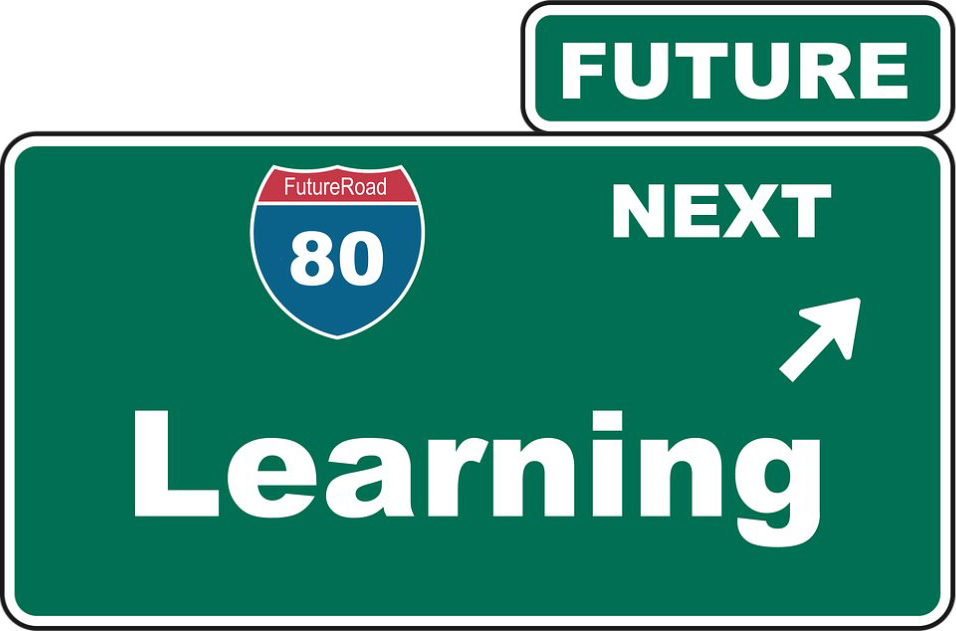Future Now
The IFTF Blog
Leaders: Learn by looking backward from the Future
The reason you look backward from the future is to develop the perspective necessary to come up with a good plan of action in the present, a way forward, expressed with clarity and ideally as a story. The big lesson is to be very clear about where you’re going, but very flexible about how you will get there.
Look Back to Look Forward
Thinking systematically about the future helps us to loosen up, keep an open mind, and question our own assumptions. But this is tough work. Trends consultancies and the business press tend
to start from today’s world and work a few years out. Some of these consultancies focus on fashion or fads, which are short-term shifts in preferences or behavior. In contrast I’m suggesting that leaders leap ahead and focus ten or more years ahead, then work backward to identify opportunities today—given the external future forces of the next decade. In most fields, there is so much noise in the present that it is very hard to get a clear view of what’s going on or where things are going.
Timing Innovation
Leaders at innovative companies often try out new technologies too early, and their experiments fail. Years later, those same leaders are likely to remember their earlier failures when someone comes to them to propose use of a new technology. “We tried that years ago and it didn’t work,” they say—and they are correct. Yes, they tried it too early, but that doesn’t mean that same innovation—or some variation—won’t work later, when the timing is right.
Traditionally innovative companies often miss the biggest potential impacts of a new technology or innovation once it finally occurs. Innovation often involves timing. A failed technology in one period can become a giant success later on. Those early innovators often watch in frustration as later (often less innovative) companies get the benefit of a delayed innovation. Leaders need to keep their minds open.
LEADERS WHO HAVE THE LITERACY OF LOOKING BACKWARD from the future can say:
- I can see long-term patterns of change ten years ahead
- I beyond the noise of the present.
- I bring a futures perspective to every conversation.
- I believe that a futures perspective makes better decisions in the present more likely.
- I develop my clarity but moderate my certainty.
 This post is an excerpt from Bob Johansen's new book The New Leadership Literacies: Thriving in a Future of Extreme Disruption and Distributed Everything.
This post is an excerpt from Bob Johansen's new book The New Leadership Literacies: Thriving in a Future of Extreme Disruption and Distributed Everything.
Learn more about the book here or purchase your copy on Amazon.




